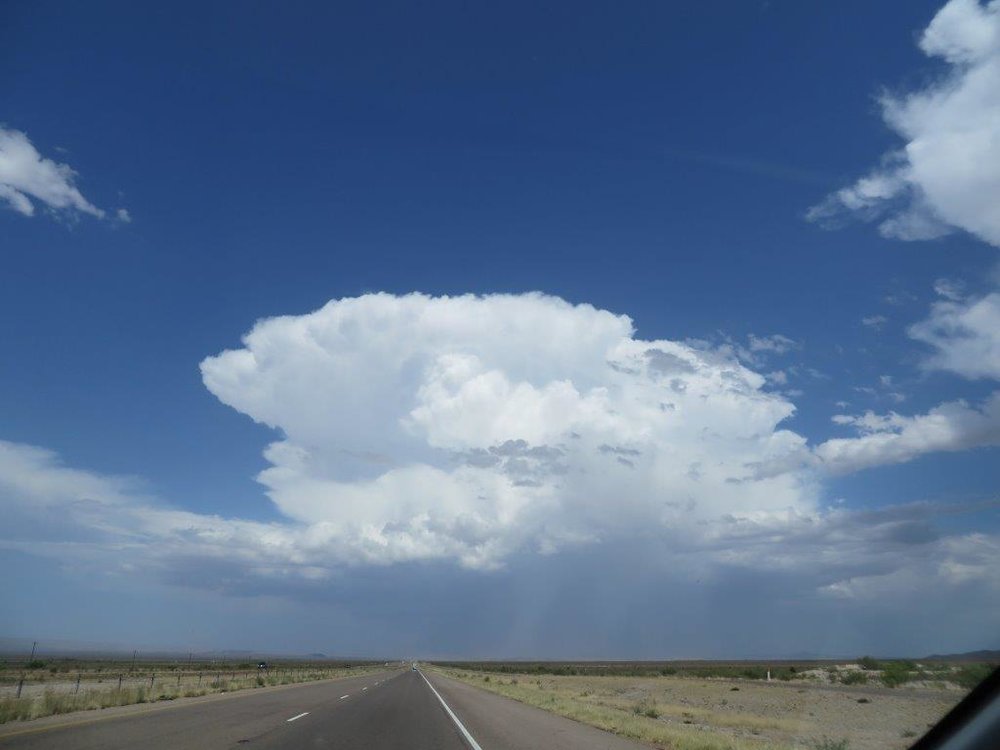Gleanings of the Week Ending October 26, 2013
/The items below are ‘the cream’ of the articles and websites I found this past week. Click on the light green text to look at the article.
Genome Digest - A summary from The Scientist of recent research findings. I like these summaries both for their specific content and the ‘overview’ comparison they sometimes stimulate. Did you know that chimpanzees/bonobos have 2.9 billion base pairs; a cyanobacteria has 4.7 million base pairs; cucumber has 245 million base pairs?
Did You Forget to Have Fun? - How long has it been since you actually did whatever your answer is to “If you had all the time in the world, and weren’t always working, what would you do for fun?”
Driverless Cars Are Further Away Than You Think - Read the comments as well as the story. Time will tell as always. This is a technology that I am really looking forward to so I hope this naysayer is wrong.
The Gorgeous Fjordlands of West Norway - Beautiful wild places
How Are Open Access Publishing and Massive Open Online Courses Disrupting the Academic Community? - So far - is appears that MOOCs have been more disruptive than OA.
Mountain Lion Facts - Did you know that baby mountain lions have spots and blue eyes?
Ancient tattoos may have been used as medicine - Tattoos on Otzi the Iceman
Winners of the Landscape Photographer of the Year 2013 - More feasts for the eyes…UK landscapes.
Why Abraham Lincoln Loved Infographics - A map that showed the density of slavery was well used by Lincoln (it ‘bore the marks of much service’). This article also highlights William Playfair’s role in the development of data visualization; he was the inventor of pie charts and bar graphs in his “Commercial and Political Atlas which he published in 1786.
Improving Weather Forecasts - Forecast accuracy…and how the forecast is presented and interpreted. There’s always room for improvement.





























